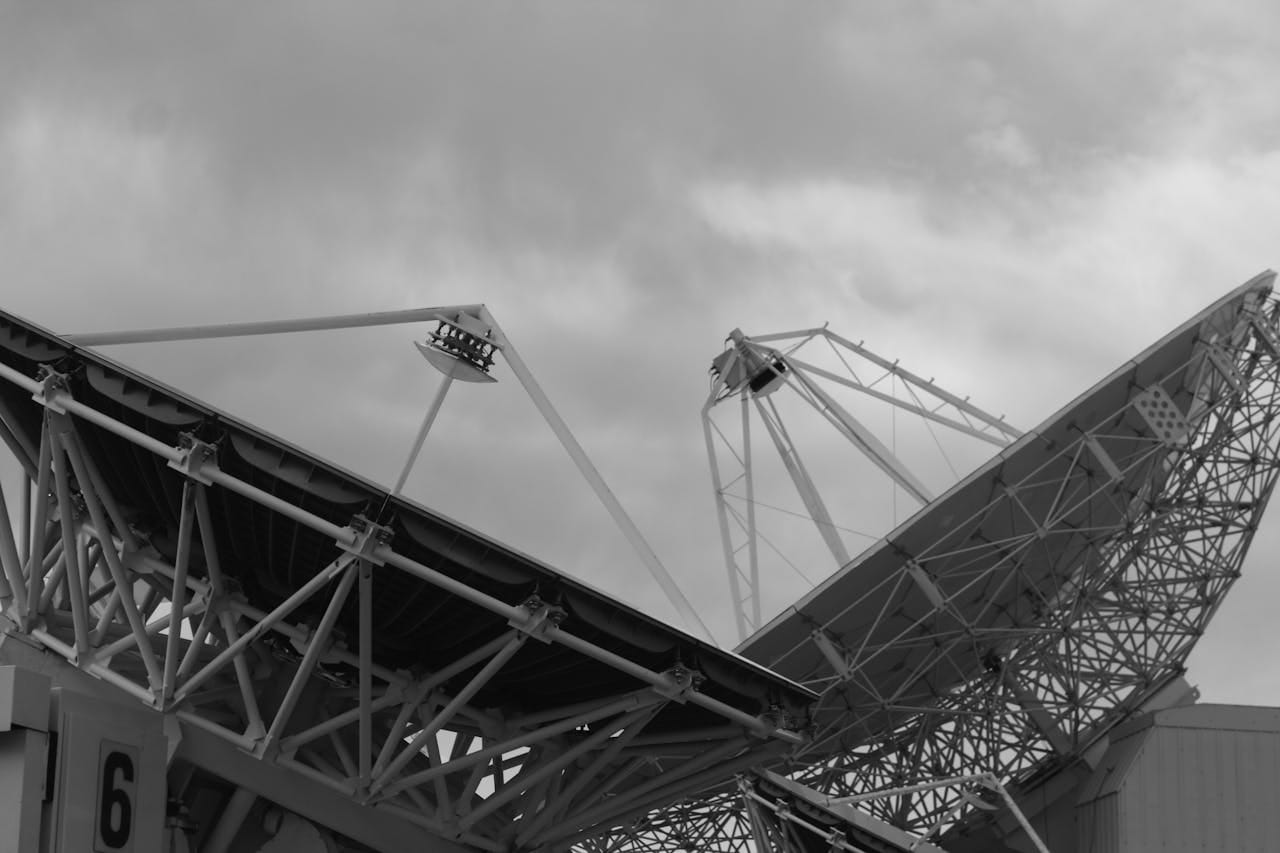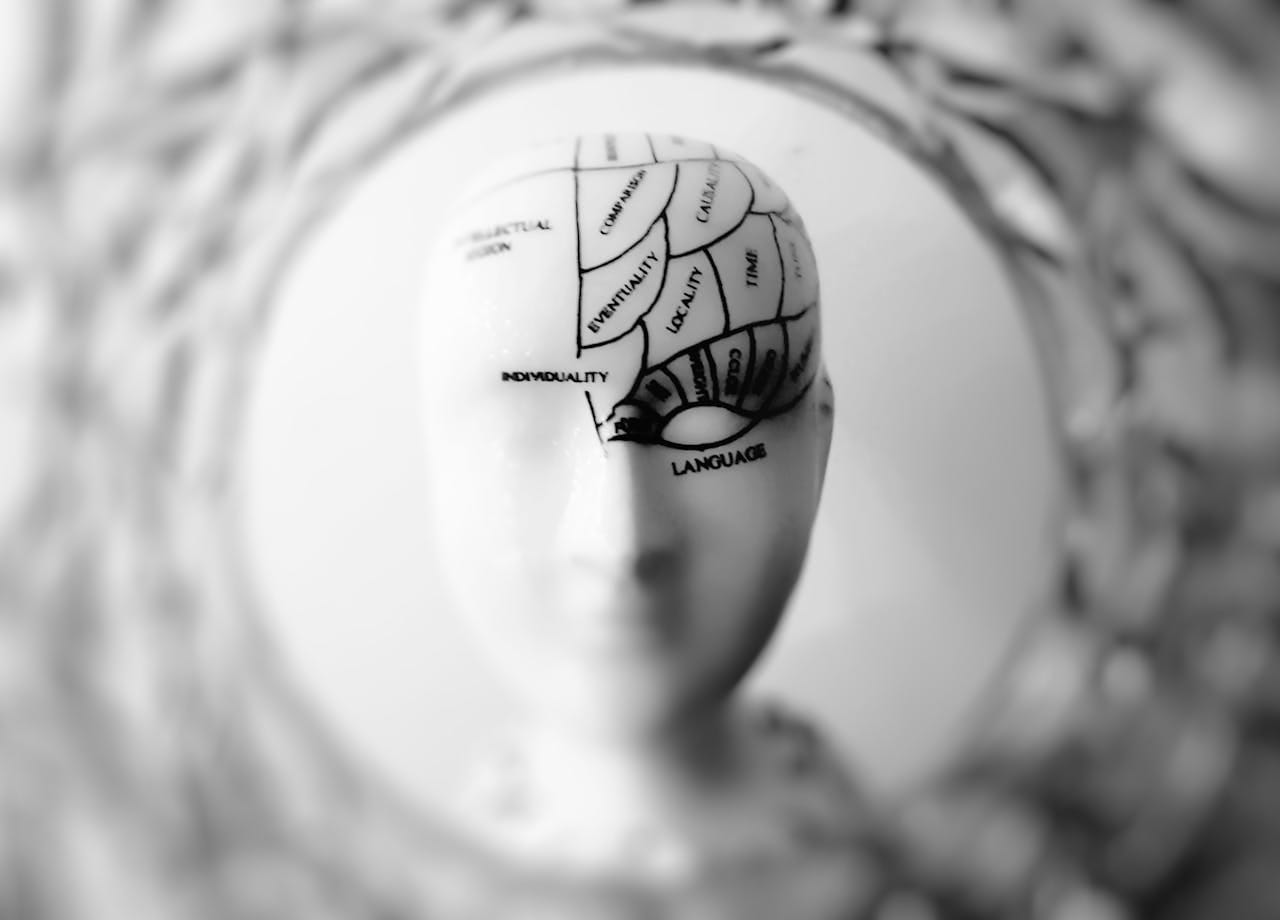
When I was a graduate student and a postdoc, I used to take observing shifts at the Combined Array for Research in Millimeter Astronomy (CARMA). It was an 15-antenna interferometer in the High Sierras in California, and oftentimes you were up there with just one other person. For ‘drinking from the firehose’ and ‘learn by doing’ experience, it was pretty great, except for when it snowed, and you were going to be sweeping snow out of 10m dishes at 4am… but that’s another story.
But one thing I remember, especially when the telescopes were in their most compact array, the telescopes were close enough they could actually touch, and even collide. It meant that you would watch the telescopes with gritted teeth the first few days of the array change, to see if there were any exceptions that had not been picked up and you were going to be wandering into the middle of the array to manually uncollide two telescopes. It was one of my favorite examples though of implementation of limits. Basically, when you don’t want two things to end up in disaster, you’re going to try to add barriers. For CARMA, we had 3 limits, a software limit, a hardware limit, and an ultimate limit.
The software limit was… as the telescopes ran their scripts, there was a program that was checking in with the telescopes and asking “are we in danger of colliding?” and if the answer came back yes, the program would go “oh, good to know. Let’s move this telescope in the not-collide way.” Good system, works a lot of the time, probably even most of the time.
The hardware limit was also a pretty excellent system. On the rims of all the telescopes, engineers installed trip wires. If the wires of two different antennas touched, they would short the two and stop them from moving. The control room would have an alarm go off, and the intrepid observers would amble on outside and manually move the telescopes so the wires were no longer tripping, set them to their safe positions, and start all over. No harm harm to the system, no foul. Just a lot more annoying at 4am than having the software do it for us.
And then there was the ultimate limit. This was the point that things are going crunch. Basically, this is not defined by some wire an engineer installed or some parameter in code. This can literally be “this wire has been stretched to its limit and is going to break.” Ultimate limits are bad. You do not want telescopes to get to ultimate limits, because that is often when the observer is going to have a fun little panic attack, and stop the whole system so they can hopefully get the crunched antenna (or antennas) safe. Thankfully, I can only think of one time during my experience that they hit an ultimate limit, and it was that the telescope wound itself up too far one direction.
You may ask, why am I mentioning this? Fun anecdote about ye olden days getting to actually go to radio telescopes and learn by doing and breaking, but I have a greater reason for that, and that’s as an analogy that applies to burnout, to overwork, and to the neurospicy academic brain.

Most brains have similar limit switches. A software limit that tells a person “oh, you’re getting near a danger zone friend. Maybe you want to eat something, or take a break.”, a hardware limit that says “you’re getting actively sleepy from your hanger. Go eat a snack. NOW.” Notice how I said most brains do this.
I was diagnosed with ADHD during COVID. It’s been with me all my life, but I was that kid who always got good grades and rarely-if-ever turned in their homework late, so it went unnoticed by pretty much everyone (…but me.) And one of the manifestations of my ADHD brain is that it really doesn’t have the software limit and only on occasion does it have the hardware limit switch, which leaves only the ultimate limit. Only the ‘you are now actively breaking things if you keep going’ limit. It means your neurospicy colleagues tend to overwork themselves so thoroughly into the ground that by the time they recognize they’ve done it, they’re already into the ‘you broke things’ zone. It makes the burnout so much more severe, and the rebound a whole heck of a lot slower. (…ask me how I know…)
I’m not going to lie, I struggle with this a lot. Because I’m missing the “this is a warning” cues, I go from it’s fine to it’s NOT FINE without seeing what happened in between, without asking for help at the moment I could have with gas still in the tank instead of after I was already dead on the side of the road. And often even after I broke things, I still had a habit of limping along, thinking the problem was I just was not working hard enough (and therefore banging those two telescopes even harder into one another, doing more and more damage.) It takes a lot longer to repair the broken telescopes than it would have if the wires had tripped, and that is exactly the same for mental energy and stamina.
Now, let’s say you’ve read to this end of my blog. If you have, I’m guessing you might see yourself in some of what I’m saying, so let’s end this on advice that will hopefully make fewer of us collide our proverbial telescopes.
Pay attention to your body. Yes, the software limit cues are a lot quieter for the neurospicy, but they’re not entirely absent. Find out what your cues are. For me, it’s getting weirdly angry at random things. I’m absolutely that Snicker’s commercial. If angry, get up, get water, stretch, grab a snack, go for a walk.
Have a trusted friend do check-ins. Have them ask how you are doing on a regular enough basis that if your answers are all “I feel so tired all the time and I’m doing horribly and I still have 1000 more things to do!”, your friend will probably hear that wire tripping even if you’re not.
Finally, give yourself grace. We live in a world that was not made for us, and most people are not going to understand that our brains are operating on a completely different rulebook than theirs. That means you’re already needing to expend more mental energy in your regular tasks than a neurotypical person is. You’re allowed to be tired and to take rests. You’re allowed to forgive yourself for struggling where others do not.
There’s a lot that comes with my ADHD, both good and bad. I have on more than one occasion been able to ride hyperfocus to do gargantuan tasks in a really short amount of time. I get to draw on the whole of my longterm memory to make connections and solve puzzles, and that has meant some fun and wonderful scientific insights. But they come with drawbacks, and one of the most important to recognize is that your brain’s limit system might not have those loud software and hardware limits like you want it to, so just make sure that you are taking extra care to keep your telescopes from colliding.
Limits
A software limit that tells a person “oh, you’re getting near a danger zone friend. Maybe you want to eat something, or take a break.”, a hardware limit that says “you’re getting actively sleepy from your hanger. Go eat a snack. NOW.”